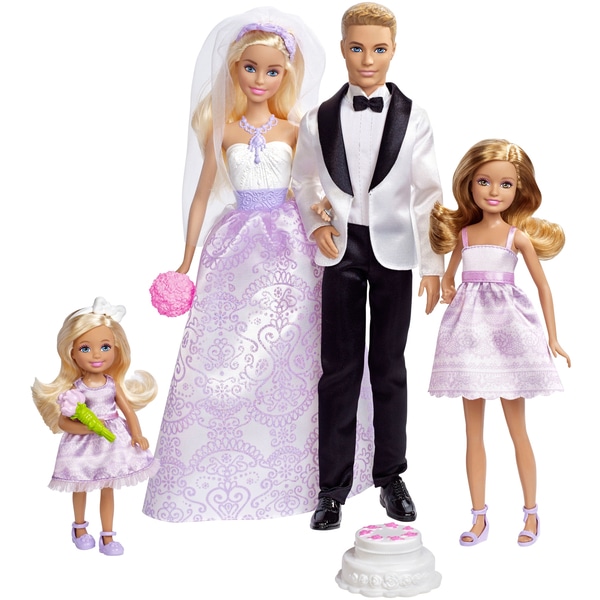Lego has also astutely catered to local tastes. This year the firm launched three sets specifically for China, the first time it has done so for any country. Fans were delighted at the attention to cultural detail. One was a Chinese New Year’s Eve dinner kit, with tiny red envelopes and chunlian, lucky couplets on banners pasted around doorways. A dragon boat race set included a sticky-rice dumpling, a popular festival snack. The high-quality kits are pricey, costing up to 700 yuan ($100) apiece.
樂高也敏銳地迎合了中國家長的口味。今年,該公司專門針對中國推出了三套積木,這是該公司首次針對國家推出產(chǎn)品。粉絲們對文化細(xì)節(jié)的關(guān)注感到高興。其中一個是除夕晚餐套裝,里面有小紅包和春聯(lián)(春聯(lián)是貼在門口橫幅上的幸運對聯(lián))。龍舟比賽套裝里面包括一個糯米團(一種受歡迎的節(jié)日小吃)。這些高質(zhì)量的套裝價格不菲,每件售價高達700元人民幣(合100美元)。
With Barbie, Mattel tried to localise in the wrong way. A former Chinese manager at the American company calls its promotion of a line of cheaper, flimsier dolls “arrogant”. Because no effort was put into making her locally relevant, Barbie held none of her usual aspirational appeal, even for spendthrift Chinese. In 2009 Mattel opened the world’s largest Barbie shop on a luxury shopping street in central Shanghai, stuffed with 800 dolls. The six-floor pink colossus confused Chinese parents by offering mothers a spa, designer fashion and “Barbietini” cocktails, and their daughters more age-appropriate attractions. It was a flop and shut two years later.
而美泰針對芭比娃娃的本地化方式則是錯誤的。這家美國公司的一名前中國經(jīng)理將該公司推廣的一系列更便宜、更輕薄的玩偶稱為“傲慢”。由于沒有努力讓芭比在當(dāng)?shù)刈兊糜杏绊懥Γ疟葲]有像往常那樣吸引人,即使對揮金如土的中國人也是如此。2009年,美泰在上海市中心的一條豪華購物街上開設(shè)了全球最大的芭比專賣店,店里塞滿了800個芭比娃娃。這家六層樓高的粉色巨型酒店為媽媽們提供水療、設(shè)計師設(shè)計的時裝和“芭比尼”雞尾酒,以及對女兒更有吸引力的東西,這讓中國家長感到困惑。這個舉措很失敗,并在兩年后閉店。

It is hard to convince prudish parents of the creative merits of frivolous dolls, and grown-up Chinese collectors prefer short and chubby Molly, a popular local poppet. The Chinese market for construction toys is six times bigger than for dolls. In Mr Zhu’s words, “there is no art to a Barbie”. Tellingly, Mattel’s most successful brand in China is a maker of educational baby toys, Fisher-Price, with a market share of 1.1%, according to Euromonitor, a data provider. Barbie, with 0.3%, comes a lowly 31st. By contrast, Lego’s 4.5% share puts it firmly in first place: a fortification that will serve it well, as China’s market for toys and video games, worth $45bn, overtakes America’s in the next few years.
很難讓一本正經(jīng)的家長相信不實用玩偶的創(chuàng)意價值,而成年的中國收藏者更喜歡矮胖的莫莉,這是一個受歡迎的本地寵物。中國建筑玩具市場的規(guī)模是玩偶市場的六倍。用朱先生的話來說,“芭比沒有藝術(shù)可言”。數(shù)據(jù)提供商歐睿信息咨詢的數(shù)據(jù)顯示,美泰在中國最成功的品牌是教育類嬰兒玩具制造商Fisher-Price,市場份額為1.1%。芭比娃娃只有0.3%,排在第31位。相比之下,樂高4.5%的市場份額使其穩(wěn)居首位:這一防御措施將很好地服務(wù)于樂高,因為未來幾年,中國價值450億美元的玩具和視頻游戲市場將超過美國。












